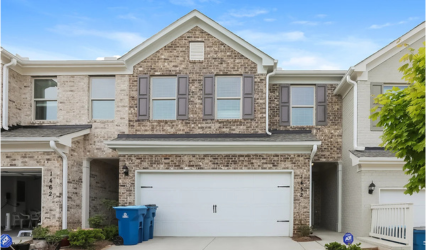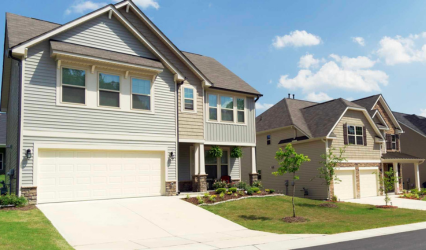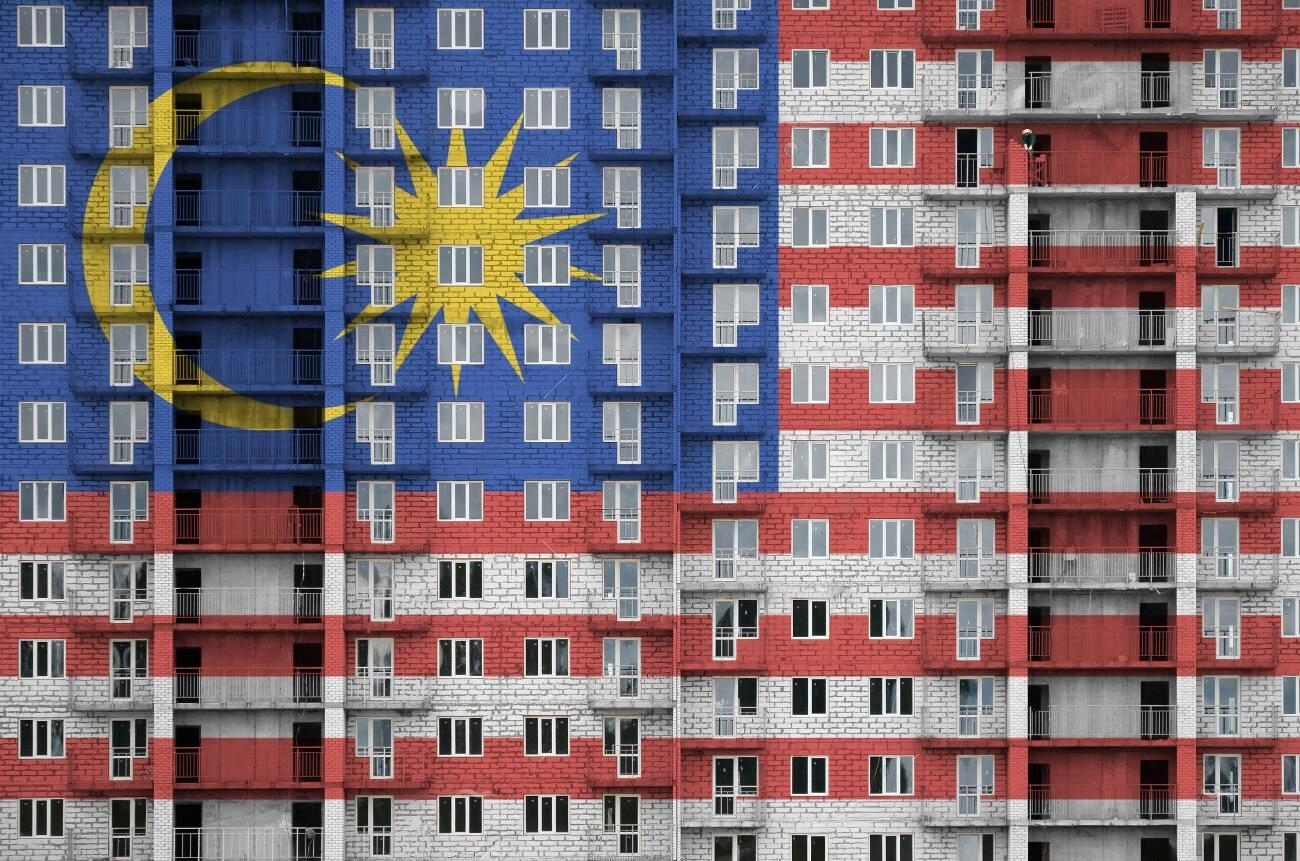
Ahmad Fikri Ahmad Fisal
Senior Research Associate
Fikri is a Senior Research Associate at PNBRI. His major interests include history, political economy, inequality and housing. His past publications focused on the ownership and control of government-linked companies in Malaysia. He holds a Bachelor of Science in Actuarial Math and History from the University of Michigan, and a Master of Development Studies from Universiti Malaya.
[email protected]Abstract
This article explores the viability of build-to-rent (BTR) housing scheme as an alternative mode of housing for Malaysians amid high property prices and sluggish wage growth.
Through BTR housing, even households who could not afford to own a property can obtain shelter security without forking out a costly mortgage. Furthermore, the rise of new generational values and employment landscape may also shift housing aspiration away from homeownership.
This article argues that the introduction of BTR housing may potentially both improve shelter security for Malaysians and address the current imbalance in the local residential property market.
What is BTR?
The build-to-rent (BTR) housing industry has grown rapidly in several countries, such as the United States and the United Kingdom over the past decade (Nethercote, 2019). In contrast to the more common build-to-sell (BTS) housing, in which houses are constructed to be purchased, BTR housing is developed specifically to be rented out long-term for profit.
The BTR industry emerged after the 2008 global financial crisis as a stopgap solution to address the housing supply and demand gap (Goodman & Zinn, 2023). While the industry remains small, it has grown rapidly in the US and the UK, and has made inroads into Australia and New Zealand, all of which have a more established rent culture and legal environment.
The concept is still largely unfamiliar in Malaysia and Southeast Asia, where a culture of homeownership largely prevails. Malaysia’s homeownership rate is 76.5% as of 2022, which is typical of the region (Department of Statistics Malaysia, 2023). Singapore stands out with an 89.7% homeownership rate in 2023, owing largely to the state’s virtual monopoly of land banks and extensive public housing programme.
In contrast, the culture of homeownership is less prevalent in industrialised countries. The US, for example, has a homeownership rate of 65.5% (2021), followed by the UK (65.2%, 2018), Japan (61.2%, 2018), and Germany (50.4%, 2020). Berlin, Germany’s capital, is often noted for its strong and popular rent culture – about 85% of the population are renters (Hall, 2021).
However, the popularity of BTR is not limited to countries with a strong rent culture. Even in Singapore, which has an almost universal homeownership rate, some policymakers have suggested that BTR projects be introduced as part of the Housing & Development Board (HDB) programme amidst rising house prices, shifting housing aspirations, and employment patterns among its population (Lin, 2021).
It remains to be seen whether the growth of the BTR market can be sustained in the long term. Some analysts predict that a normalisation of housing supply and mortgage rates will dampen future demand for BTR.
On the other hand, if property prices remain out of reach for most people, BTR may become an alternative mode of shelter for some population groups, such as young adults and newlywed couples who lack the financial resources to make hefty downpayments on home purchases, or the elderly who wish to liquidate their home equity. Furthermore, the rise of flexible work arrangements and new generational values may shift housing aspiration away from homeownership.
This article presents five (5) key arguments for why BTR has the potential to serve as an alternative mode of housing in Malaysia. They are: unaffordability, housing oversupply in several parts of Malaysia, the fact that renting is already more common than we realise, wage stagnation, and shifting demographic aspirations.
What is BTR Housing?
BTR housing are residential projects developed specifically for long-term rental by households of various sizes and income groups. This distinguishes BTR from serviced or co-living apartments, which are designed for short-term stays and cater to singles or small-sized households.


In Malaysia, the private housing market is dominated by BTS housing, which is designed for individual buyers. Even state-subsidised social housing programmes such as PR1MA and Residensi Wilayah encourage low and middle-income households to become homeowners rather than renters.
The federal government and respective state governments construct public housing to improve access to shelter for low-income households, such as the Projek Perumahan Rakyat (PPR). However, even these houses are not exclusively developed for rent; eligible buyers can also purchase the units.
Thus, the private rental market in Malaysia is largely supplied by individual landlords who own or mortgage at least one property, also known as “buy-to-let" housing. In other words, Malaysian tenants typically rent from individual landlords.
In contrast, BTR housing is typically managed by a single institutional landlord, such as a private equity firm or real estate investment trust (Goodman & Zinn, 2023). This was the case when the BTR industry first began in the US and the UK. Spotting the strong potential demand for renting following the global financial crisis, capital-rich corporations saw the opportunity to buy cheap houses to subsequently be rented out.
Because institutional landlords have better access to large sums of capital, BTR housing is outfitted with professional handymen, housekeeping, and related services. They are also expected to be of high-quality build, with low density and convenient access to public amenities and transportation.
BTR housing in practice typically offers a broader range of housing options, including family, duplexes, townhomes, and multi-family houses. In some cases, BTR projects may involve the entire community, whereby a cluster of single-family homes is developed in a large area or “township”. These variations make BTR more suitable for multi-generational and long-term living than serviced or co-living apartments.
Thus, the emergence of BTR housing reshapes society’s perception on renting: it is not mainly to provide shelter for low-income households that cannot afford homeownership. BTR housing promotes the idea of renting as a viable long-term lifestyle among even middle- and high-income households who prefer not to own a home for various reasons.
